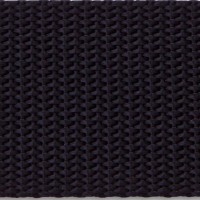- Local: (516) 346-4636
- Toll-Free: (800) 886-6060
- Fax: (516) 346-4366
- Email: kflynn@nationalwebbing.com
Webbed materials are woven fabrics that are distinguished by different materials, strengths variations, and widths. Creating webbing involves yarns that are woven using a loom to create strips. Webbing is commonly compared to ropes that are used for harnessing functions, but webbing is more versatile to use in a wide range of industries and applications.
Webbing is made in either tubular or solid forms, and each type has its functions and application. Ropes are commonly created as a thick material, whereas webbing is produced in very lightweight and flat parts. The three most frequently used materials to fabricate webbing include polyester, polypropylene, and nylon. Cotton webbing is another option, but it is mostly used in commercial applications like clothing apparel. Webbing is customizable, which means color, print, and design can be changed according to the job.
Nylon webbing is highly stretchable, which makes it an ideal choice for belt applications. The material stretches to about 2% the length of the material when it is wet. It is essential to keep in mind that this material should not be exposed to water continuously because nylon absorbs liquids and harbors mildew.
Polyester webbing is known to be durable, and it is visually like nylon. If you need webbing for lifting heavy loads, you should consider this material. Polyester webbing has low water-absorption and can resist rot and mildew better than nylon webbing.
Related Reading